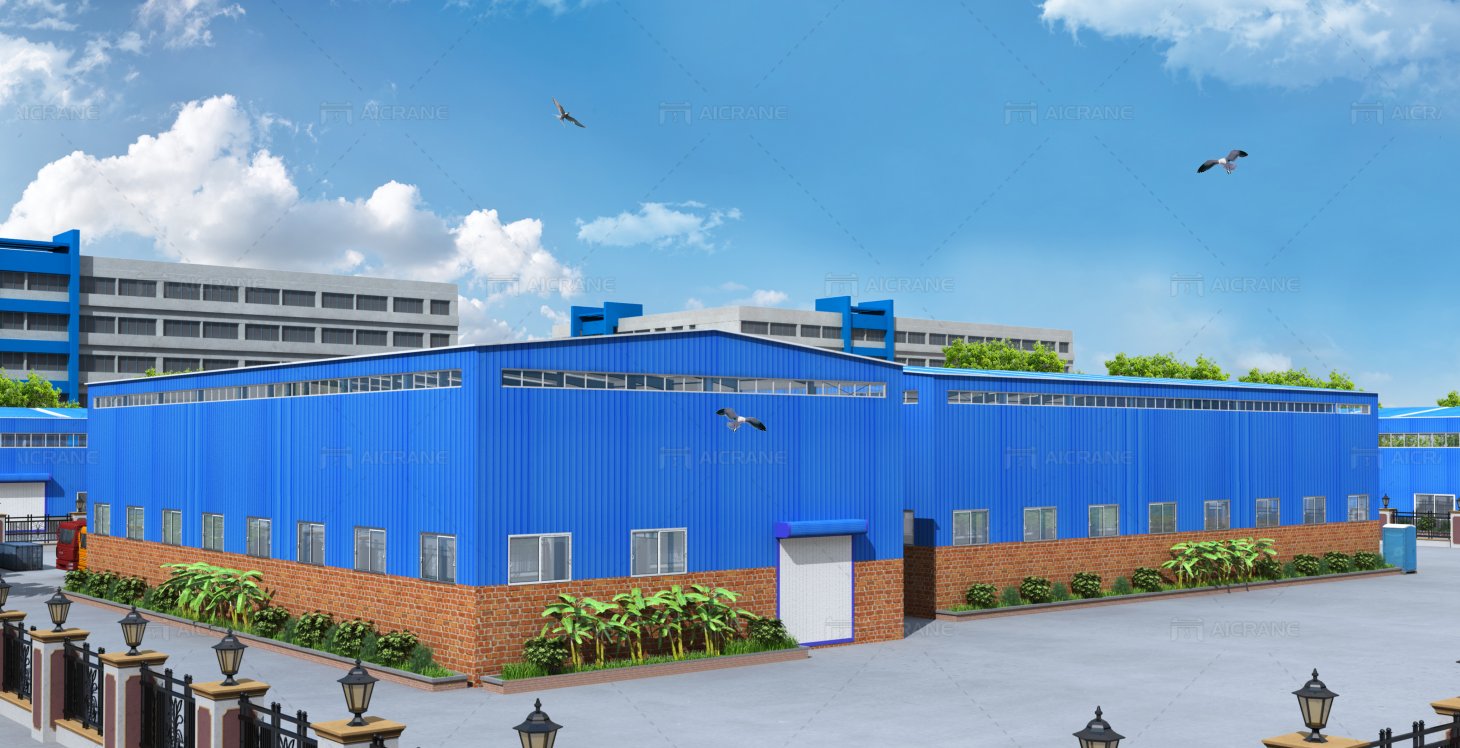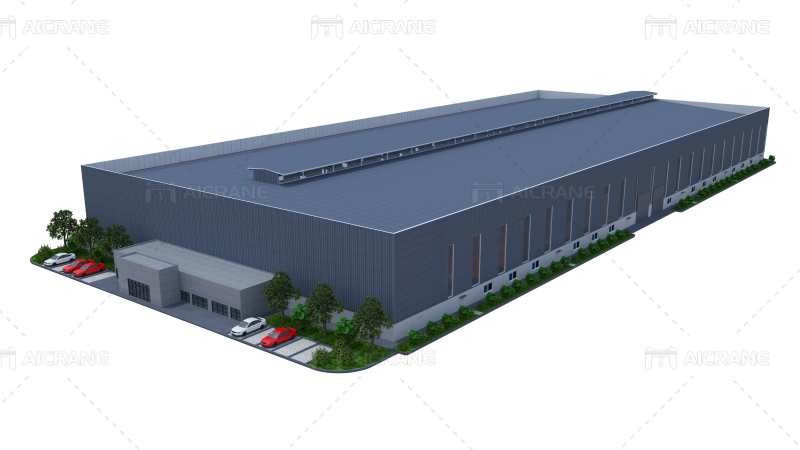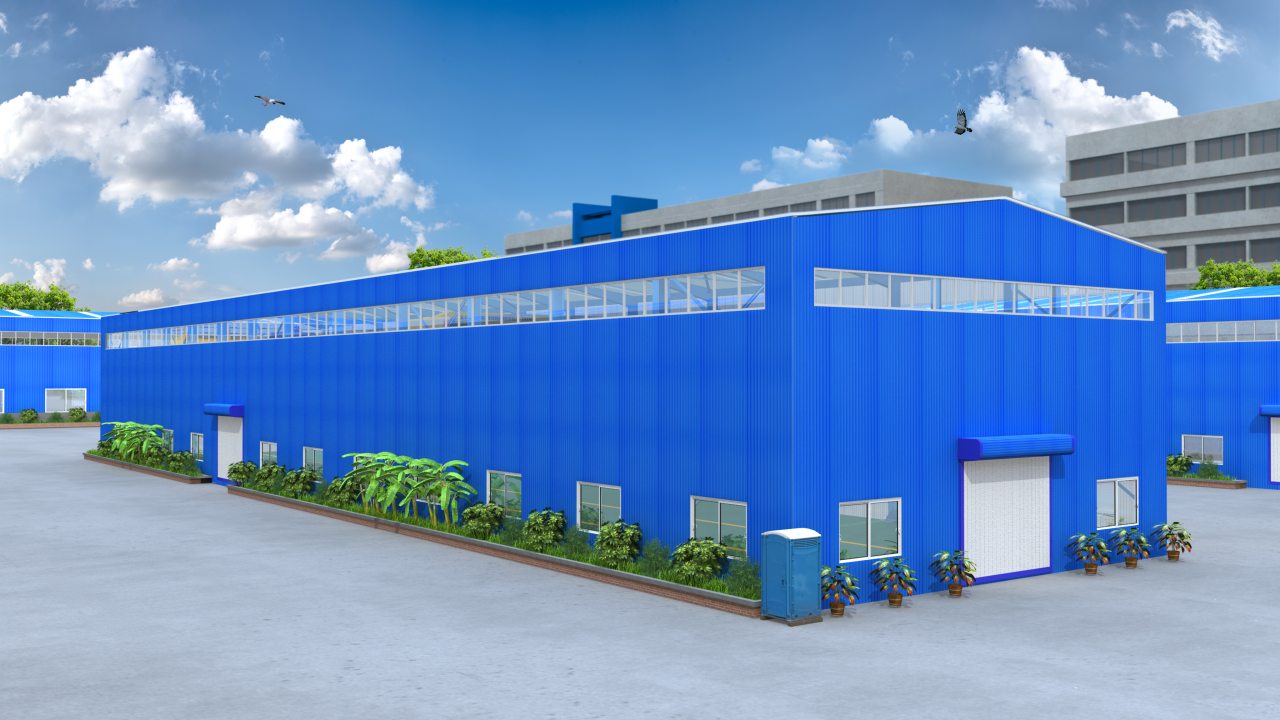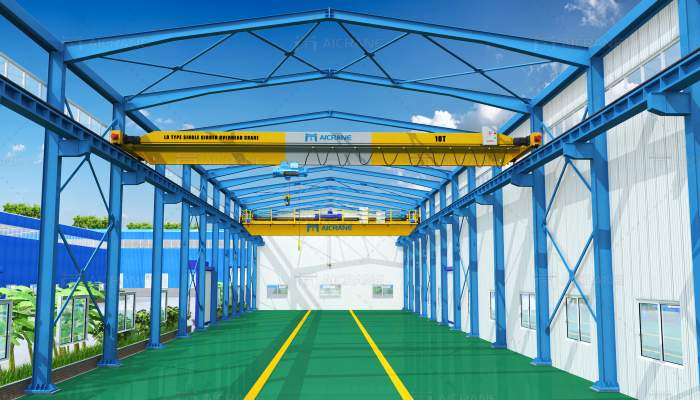Steel frame warehouses are at the forefront of modern industrial infrastructure, offering durability, adaptability, and cost efficiency. Whether you are a business owner expanding operations or an investor seeking long-term value, understanding the cost of steel frame warehouse is crucial. This article delves into the factors influencing costs, the benefits of working with a reputable steel structure manufacturer, and how prefab steel structures and crane steel structures can optimize your investment.

1. Key Factors Influencing Steel Frame Warehouse Costs
a. Material Costs
Steel prices fluctuate based on market conditions, supply chain dynamics, and global demand. Opting for high-quality steel ensures longevity and reduces maintenance expenses over time.
b. Warehouse Size and Design
The size and complexity of the warehouse significantly impact costs:
- Small to Medium Warehouses: Ideal for storage or light manufacturing, these cost less due to simpler designs.
- Large Warehouses with Crane Steel Structures: These require robust steel frames to support heavy-duty operations, increasing the cost.
c. Customization and Add-Ons
Features such as insulated panels, advanced ventilation systems, or integrated crane systems add to the overall cost but enhance functionality.
d. Prefabrication and Construction Efficiency
Opting for prefab steel structures can reduce construction time and labor costs. These factory-manufactured components are pre-cut, drilled, and welded, ensuring precise assembly on-site.
2. Benefits of Investing in a Steel Frame Warehouse
a. Durability and Longevity
Steel frame warehouses are designed to withstand extreme weather conditions, seismic activities, and heavy loads. This makes them a reliable choice for industrial applications.
b. Scalability and Versatility
Steel structures allow for easy expansion and modification, catering to the growing needs of businesses. They are suitable for a wide range of industries, from logistics to manufacturing.
c. Cost Efficiency
While the initial investment may seem high, the low maintenance requirements, energy efficiency, and long lifespan result in significant cost savings over time.

3. The Role of a Reliable Steel Structure Manufacturer
Partnering with an experienced steel structure manufacturer is key to ensuring quality and value. Reputable manufacturers provide:
- Custom Designs: Tailored solutions to meet specific business needs.
- Material Certification: Assurance of using high-grade steel.
- Technical Support: Assistance with installation, maintenance, and modifications.
Aimix, for instance, is a trusted name in the industry, known for delivering premium steel structures and comprehensive after-sales service.
4. Prefab Steel Structures: A Cost-Effective Solution
a. Speed of Construction
Prefabricated components reduce construction time by up to 50%, minimizing labor costs and project delays.
b. Quality Assurance
Factory-controlled manufacturing ensures precision, reducing the risk of errors during assembly.
c. Environmental Benefits
Prefab steel structures generate less waste, align with sustainability goals, and can be recycled at the end of their lifecycle.
d. Applications in Warehousing
Prefab systems are ideal for storage warehouses, workshops, and distribution centers, offering flexibility and rapid deployment.

5. Crane Steel Structures for Heavy-Duty Warehouses
For industries requiring material handling equipment, integrating crane steel structures is essential. These systems are engineered to support:
- Overhead Cranes: For lifting and transporting heavy loads.
- Gantry Cranes: Used in outdoor operations or specific industrial applications.
Cost Implications
While crane steel structures increase the initial investment, they enhance operational efficiency and safety, resulting in long-term savings.
Advantages
- Increased productivity through seamless material handling.
- Reduced risk of workplace injuries.
- Optimized space utilization within the warehouse.
6. Strategies to Manage Costs Effectively
a. Compare Suppliers
Request quotes from multiple steel structure manufacturers to find the best value for money. Evaluate their track record, customer reviews, and warranty policies.
b. Optimize Design
Work with your manufacturer to create a design that balances functionality and cost. Avoid unnecessary features that do not add value to your operations.
c. Leverage Prefabrication
Choose prefab steel structures to save on labor and construction time without compromising quality.
d. Plan for Future Expansion
Design your warehouse to accommodate future growth, avoiding the cost of extensive modifications later.

7. The Long-Term ROI of Steel Frame Warehouses
While the upfront cost of a steel frame warehouse may appear substantial, the long-term return on investment (ROI) is significant. Businesses benefit from:
- Lower Maintenance Costs: Steel’s durability minimizes repairs and upkeep.
- Energy Efficiency: Modern steel structures can incorporate energy-saving features, reducing utility bills.
- Enhanced Productivity: Customized designs, including crane steel structures, streamline operations.
Investing in a steel frame warehouse is not just a purchase; it’s a strategic decision to future-proof your business.
Conclusion
Understanding the cost dynamics of a steel frame warehouse is essential for making informed investment decisions. By partnering with a reliable steel structure manufacturer and exploring cost-effective solutions like prefab steel structures and crane steel structures, businesses can achieve both efficiency and affordability.
Planning ahead, optimizing design, and focusing on long-term benefits ensure that your steel frame warehouse becomes a valuable asset, driving growth and profitability in the competitive industrial landscape.